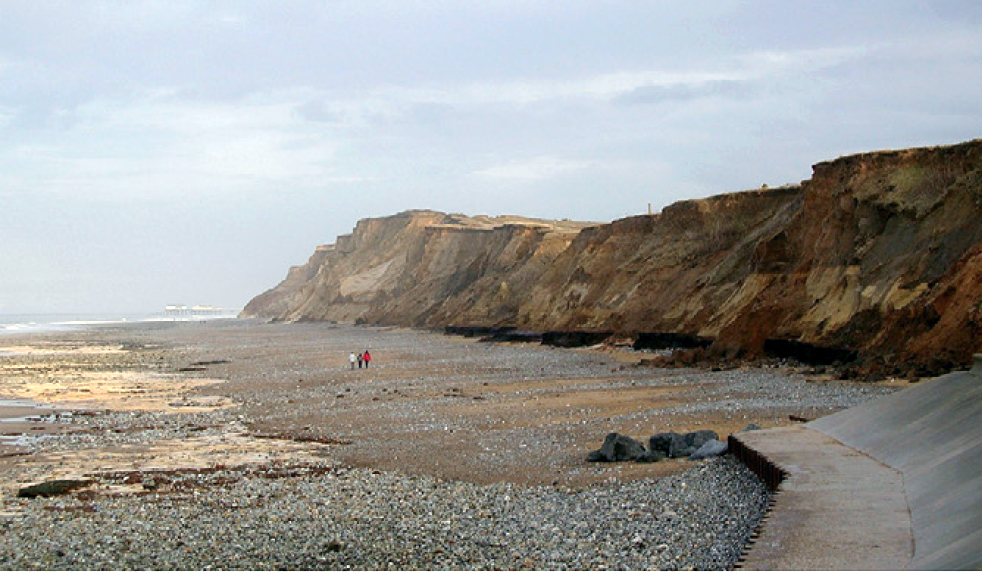
Cromer Forest-bed Formation (CF-bF) freshwater and marine sediments occur at a number of localities on the Norfolk and Suffolk coasts and cover several temperate and cold episodes, underlain by earlier Plio-Pleistocene marine sediments of the Wroxham Crag. The stratotype of the Cromerian stage, the West Runton Freshwater Bed (WRFB; part of the CF-bF) is at West Runton, Norfolk. The WRFB has yielded a rich mammal fauna, freshwater fishes, and sparser birds, amphibians and reptiles as well as remains of plants, molluscs and beetles, indicating a temperate climate at about 700,000 years ago. The most spectacular find from the WRFB is most of the skeleton of a huge ancestral mammoth Mammuthus trogontherii. The WRFB deposits appear to have been laid down in a low energy fluvial environment over a fairly short time period. Several lines of evidence combine to indicate that the WRFB correlates with a temperate interglacial episode post-dating mid-MIS 19 (Brunhes-Matuyama Boundary at... [read more]
|



